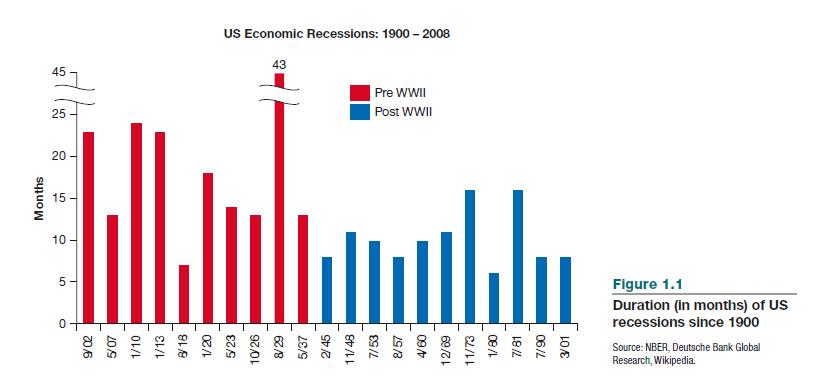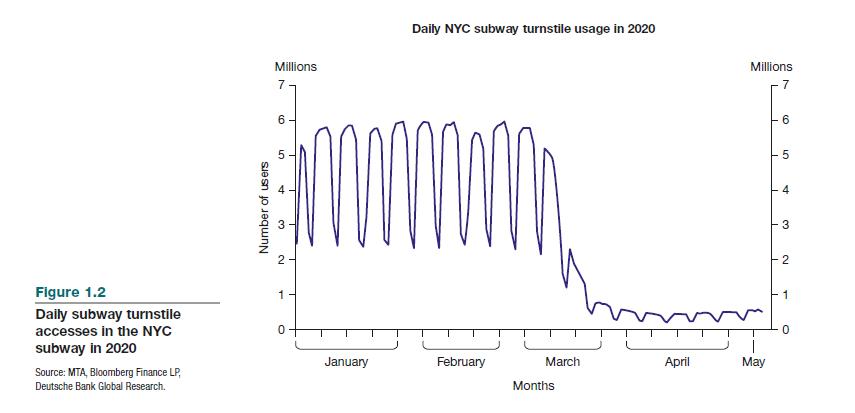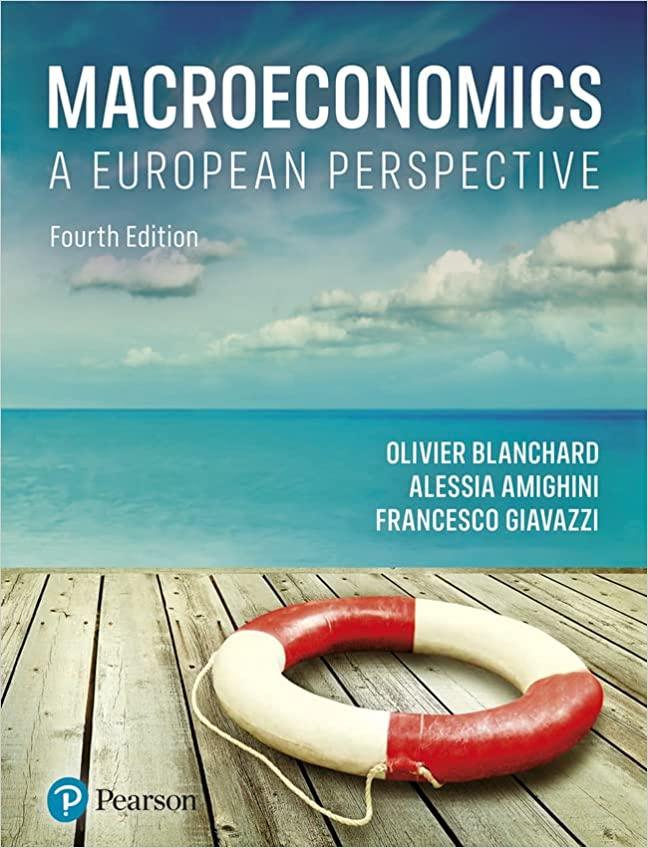This question asks you to examine the movements of investment and consumption before, during and after the
Question:
This question asks you to examine the movements of investment and consumption before, during and after the recession of 2001. It also asks you to consider the response of investment and consumption to the events of 11 September 2001.
Go to the website of the Bureau of Economic Analysis (www. bea.gov) and find the NIPA tables, in particular the quarterly versions of Table 1.1.1, which shows the percentage change in real GDP and its components, and Table 1.1.2, which shows the contribution of the components of GDP to the overall percentage change in GDP. Table 1.1.2 weighs the percentage change of the components by their size. Investment is more variable than consumption, but consumption is much bigger than investment, so smaller percentage changes in consumption can have the same impact on GDP as much larger percentage changes in investment. Note that the quarterly percentage changes are annualised (i.e., expressed as annual rates). Retrieve the quarterly data on real GDP, consumption, gross private domestic investment and non-residential fixed investment for the years 1999 to 2002 from Tables 1.1.1 and 1.1.2.
a. Identify the quarters of negative growth in 2000 and 2001.
b. Track consumption and investment in 2000 and 2001. From Table 1.1.1, which variable had the bigger percentage change around this time? Compare non-residential fixed investment with overall investment. Which variable had the bigger percentage change?
c. From Table 1.1.2, get the contribution to GDP growth of consumption and investment for 1999 to 2001 . Calculate the average of the quarterly contributions for each variable for each year. Now calculate the change in the contribution of each variable for 2000 and 2001 (i.e., subtract the average contribution of consumption in 1999 from the average contribution of consumption in 2000, subtract the average contribution of consumption in 2000 from the average contribution of consumption in 2001, and do the same for investment for both years). Which variable had the largest decrease in its contribution to growth? What do you think was the proximate cause of the recession of 2001? (Was it a fall in investment demand or a fall in consumption demand?)
d. Now look at what happened to consumption and investment after the events of 11 September in the third and fourth quarters of 2001 and in the first two quarters of 2002. Does the drop in investment at the end of 2001 make sense to you? How long did this drop in investment last? What happened to consumption about this time? How do you explain, in particular, the change in consumption in the fourth quarter of 2001? Did the events of September 11, 2001, cause the recession of 2001? Use the discussion in the chapter and your own intuition as guides in answering these questions.
Data From Table 1.1.1 and 1.1.2:-


Step by Step Answer:

Macroeconomics A European Perspective
ISBN: 9781292360898
4th Edition
Authors: Olivier Blanchard, Alessia Amighini, Francesco Giavazzi





